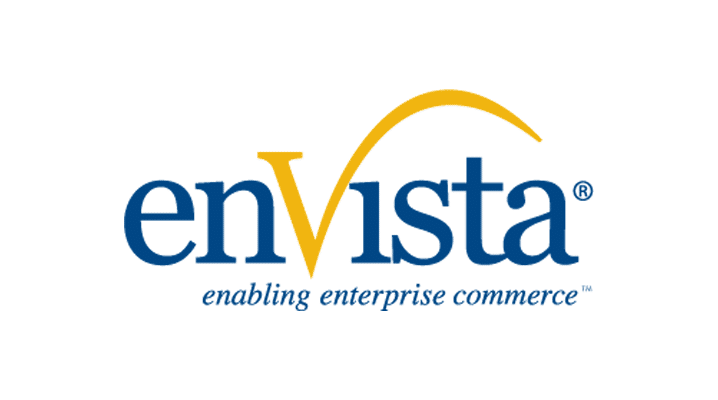enVista announces it will share retail industry insights during a Master Class Workshop at Operations Summit 2019.
Navigate Shipping Landscape with Proactive Analytics
Reading Time: < 1 minute
More than ever, shippers today are feeling the pressure from both customers and carriers. While we live in an age where same-day delivery and free shipping have become customer expectations, we also live in an age where dimensional weighting and quarterly accessorial increases have become a reality from the carrier. Although this may seem like a losing battle, there is hope. Relying on proactive rather than reactive analytics, and the ability to make specific actionable callouts from these data sets, will be key to navigating the ever-changing shipping landscape both now and in the future.
enVista Named HighJump’s North America Strategic Partner of the Year
enVista today announces it has been named North America Strategic Partner of the Year by global provider of supply chain solutions, HighJump.
enVista to Share Industry Expertise During Educational Sessions at ProMat 2019
enVista CEO Jim Barnes and Strategic Account Executive Ken Mullen will address Order Management in the Cloud and WMS vs. WCS vs. WES
enVista Thought Leadership Featured in Indiana IoT Lab’s State of IoT Report
enVista announces today that it has contributed thought leadership to the Indiana IoT Lab’s inaugural State of IoT Report.
enVista Recognized for Excellence in Delivering Managed IT Services
enVista announces today that CRN® has named enVista to its 2019 Managed Service Provider (MSP) 500 list for the second consecutive year.



